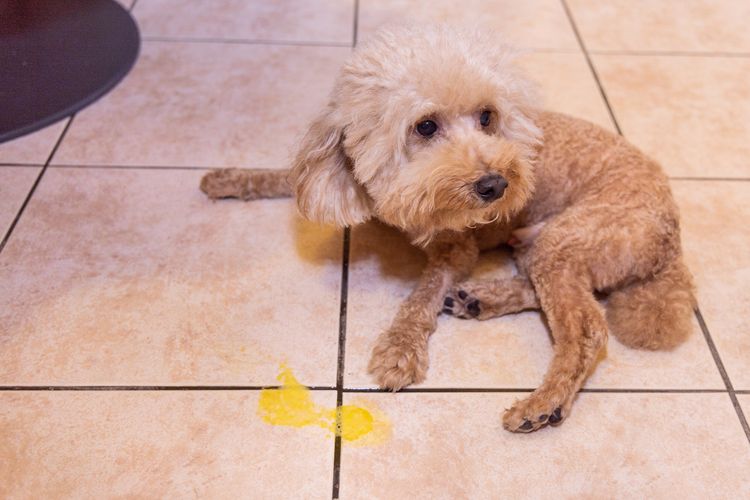In the quiet hours of the night, when the world comes to rest, pet owners may be startled by an unexpected event: Their beloved four-legged friend shows signs of nausea.
A nocturnal malaise in dogs: A comprehensive look
This phenomenon, in which dogs show signs of vomiting during the night, has been studied in detail and will be examined from various angles in this article.
Causes of nocturnal discomfort
The reasons for nocturnal vomiting in dogs are varied and can be both harmless and serious. It is thought that a long break between meals can lead to a build-up of stomach acid, causing discomfort and ultimately vomiting in some dogs. Furthermore, an underlying medical condition, such as a gastric disorder or infection, cannot be ruled out. The exact causes can only be determined after a thorough examination by a veterinarian.
The diagnosis
A methodical approach is used to diagnose nocturnal vomiting in dogs. First, a comprehensive medical history is taken, followed by a physical examination. In order to precisely identify the cause, further diagnostic measures such as blood tests, ultrasound examinations or x-rays may be necessary. These examinations enable the veterinarian to make an accurate diagnosis and initiate appropriate treatment.
Treatment strategies and preventative measures
Once the cause of nocturnal vomiting has been identified, targeted treatment can begin. Treatment methods vary depending on the underlying cause and can range from dietary adjustments to drug therapies. Additionally, feeding smaller and more frequent meals is recommended to minimize stomach acid production. Preventative measures, including regular veterinary check-ups, play a crucial role in maintaining the pet's health and can help prevent future episodes.

When a dog vomits, the color and composition of the vomit can provide important clues as to the underlying cause. The meanings behind different types of vomit in dogs are explained in more detail below, focusing on yellow vomit, white vomit with grass and vomited food.
Yellow vomit: a warning sign of stomach problems
When yellow vomit is observed in dogs, it is usually associated with bile, a digestive fluid produced in the liver and excreted in the small intestine. It is often observed when the dog vomits on an empty stomach, as the bile can then pass directly into the stomach. This phenomenon can be an indication of a number of problems, including prolonged fasting or irritation of the stomach. It is recommended to adjust feeding times or feed smaller, more frequent meals to avoid such episodes.

White vomit with grass: natural instincts in action
Vomiting white foam paired with grass is often observed in dogs that have eaten grass. This can be interpreted as an attempt by the dog to relieve stomach irritation or rid itself of indigestible material. Although eating grass in itself is not unusual for dogs and is often harmless, repeated vomiting, especially if it occurs regularly, should be investigated by a vet to rule out possible serious health problems.

Vomited food: a sign of digestive disorders
Vomit containing undigested food can indicate that normal digestion is impaired. This can be caused by a variety of factors, including eating too quickly, food intolerances or even more serious digestive tract conditions. A review of feeding habits and feed quality may be necessary to minimize such occurrences. In the event of repeated occurrences, a veterinary examination should be considered to identify and treat possible underlying health problems.
In any case, if frequent vomiting or other accompanying symptoms such as lethargy, diarrhea or loss of appetite occur, it is important to consult a veterinarian to ensure appropriate diagnosis and treatment. Vomiting can be a symptom of many different conditions, from harmless to serious illnesses, and early intervention can be crucial to the dog's health and well-being.




















